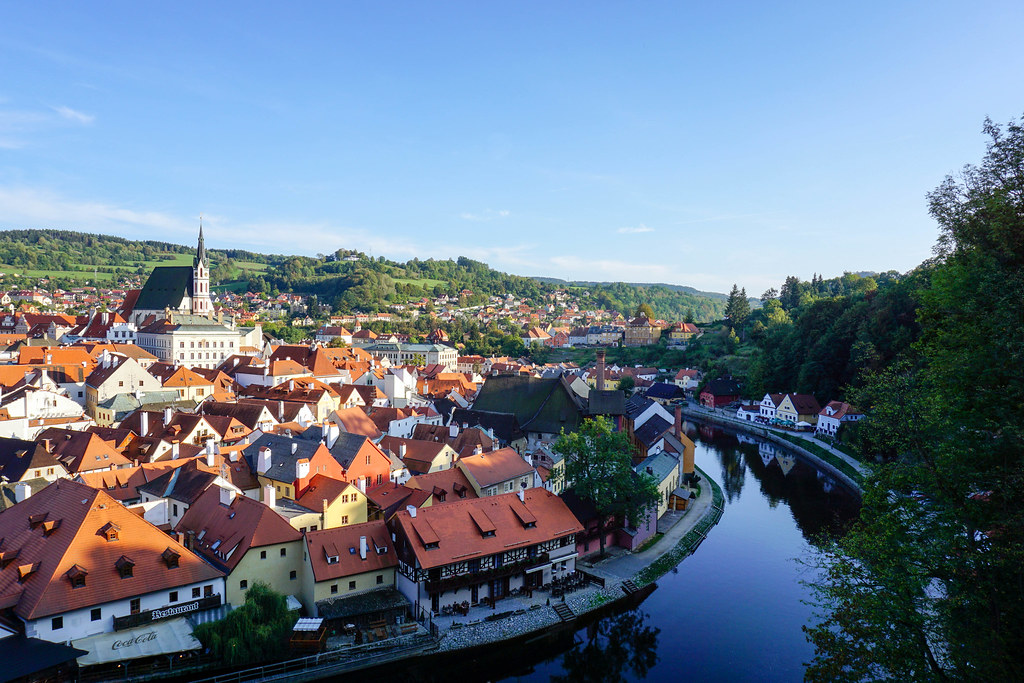 The last city we visited during our OWHC adventure was Prague. The Czech capital seems to be much more smaller than Vienna and Warsaw. Within the city center you can go almost everywhere on foot and the average distance between different districts is reachable during one walk. We knew Prague quiet well from the previous visits but the city has still many sites to offer. This time we have discovered what is hidden in Prague’s parks, we visited the Vietnamese temple and again found many places for young locals.
The last city we visited during our OWHC adventure was Prague. The Czech capital seems to be much more smaller than Vienna and Warsaw. Within the city center you can go almost everywhere on foot and the average distance between different districts is reachable during one walk. We knew Prague quiet well from the previous visits but the city has still many sites to offer. This time we have discovered what is hidden in Prague’s parks, we visited the Vietnamese temple and again found many places for young locals. The last city we visited during our OWHC adventure was Prague. The Czech capital seems to be much more smaller than Vienna and Warsaw. Within the city center you can go almost everywhere on foot and the average distance between different districts is reachable during one walk. We knew Prague quiet well from the previous visits but the city has still many sites to offer. This time we have discovered what is hidden in Prague’s parks, we visited the Vietnamese temple and again found many places for young locals.
The last city we visited during our OWHC adventure was Prague. The Czech capital seems to be much more smaller than Vienna and Warsaw. Within the city center you can go almost everywhere on foot and the average distance between different districts is reachable during one walk. We knew Prague quiet well from the previous visits but the city has still many sites to offer. This time we have discovered what is hidden in Prague’s parks, we visited the Vietnamese temple and again found many places for young locals.


 During last three days we visited Český Krumlov - Czech's second most popular tourist destination. The town was built around a castle in 13th century in Gothic style. Full of charming photo spots, it has a reputation of a city
During last three days we visited Český Krumlov - Czech's second most popular tourist destination. The town was built around a castle in 13th century in Gothic style. Full of charming photo spots, it has a reputation of a city